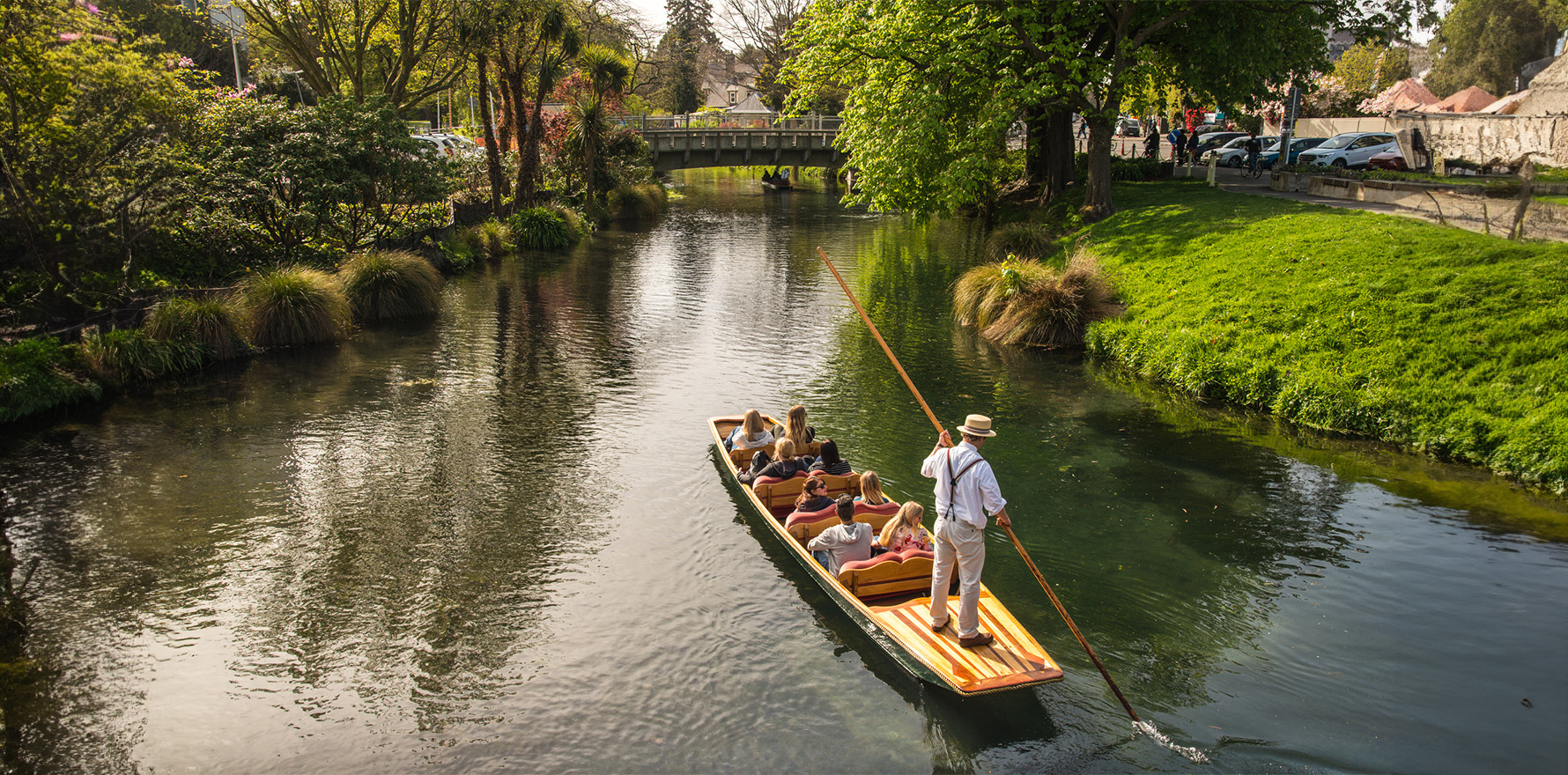We speak to the organisers and get the inside word about this year's meeting.
The joint New Zealand and Australian rheumatology associations’ Annual Scientific Meeting is less than two months away, kicking off in Christchurch with the Paediatric Satellite Symposium on 17 May.
The main program starts on 18 May and runs until 21 May.
Christchurch rheumatologist and NZRA-ARA committee member Dr Estella Yeo talked us through some of the highlights of the conference.
“We’re really excited,” Dr Yeo told Rheumatology Republic.
“Abstract submissions have closed, the program has been finalised, and all the talks confirmed.”
Can you tell us about some of the speakers?
There are four international speakers who will be presenting at the conference.
Professor Tuhina Neogi from Boston is presenting virtually and will be on hand to answer questions. She has a focus on osteoarthritis and crystal arthritis, and will give talks on gout, and on OA and calcium pyrophosphate deposition disease.
And we have Professor Robin Christensen, a biostatistician from Denmark, who’s going to talk about evidence-based medicine in rheumatology – specifically, outcome measures and endpoints.
Associate Professor Marinka Twilt, who’s based in Canada, is a paediatric rheumatologist who will present primarily at the Paediatric Satellite Symposium. She’s also giving a talk in the main program on her subspecialty, which is TMJ dysfunction in rheumatic diseases.
And finally, there’s Professor Ken Warrington from the Mayo Clinic. His talks are mainly on vasculitis: giant cell arteritis or large vessel vasculitis, which is his main interest, and ANCA-associated vasculitis.
And what about some of the local speakers?
There are so many!
In terms of the plenaries, New Zealand rheumatologists Professor Lisa Stamp, the conference convenor, and Professor Nicola Dalbeth will be presenting talks on gout, while Professor Haxby Abbott will present on osteoarthritis and its management in New Zealand/Aotearoa. And from Australia, Professor Catherine Hill is presenting on GCA and the role of ultrasound.
We also have pharmacists, pharmacologists, a psychologist, a respiratory physician, an orthopaedic surgeon and a lot of allied health speakers. So there will be a good range of different specialties represented.
Can you highlight a couple of talks you’re personally looking forward to?
I don’t get exposed to a lot of the paediatric stuff, so I think it’s exciting to have paediatric rheumatologist Marinka Twilt giving a talk in the main program – that will be a really good one to go to. Then there’s the ANCA-associated vasculitis update provided by Ken Warrington, and I’m really looking forward to that.
What are the advantages of joint meetings for New Zealand and Australian rheumatologists?
The joint meetings are held every seven years, and they’re obviously a lot bigger than what we usually have in New Zealand. We probably have 50 to around 100 rheumatologists at the most in New Zealand, whereas because it’s a combined meeting, we are expecting up to 600 delegates.
Because it’s so much bigger, we’ve got more budget for inviting of speakers, we’ve got the special interest groups all coming and we’ve got an ultrasound scan workshop as well, which we don’t usually do with just the New Zealand conference alone.
It’s also a really good chance to meet our Australian colleagues and see how things differ and learn from each other a lot more.
What’s on the agenda for the Advanced Trainee Preceptorship?
There’s quite a lot to be covered, starting with a critical appraisal of clinical trials – what to look out for, tips and tricks when reading papers.
There will be a session on practical dermatology for the rheumatology clinic, because we see a lot of skin rashes.
Much of our focus in New Zealand is on inflammatory arthritis, but it’s important to know about non-inflammatory musculoskeletal conditions as well, so there’s a session on that.
There will be a session on obstetric rheumatology, which we don’t often come across, and a session on ophthalmology and immunology.
The last thing that we’ll be talking about is career path. We’re inviting a few speakers to talk about when they were just starting out in their career: private practice, the public system, going down the academic route – those kinds of things. So it’s just presenting trainees with the different options for when they finish up.
And what are your top three suggestions for things to see and do while in Christchurch?
This is the first big event that we’ve had since the Christchurch earthquakes, so we are very excited to showcase the city.
Visiting the city centre will definitely be in the top three. There’s lots of eateries, restaurants and bars, and just the vibe of being in the centre. There’s the indoor Riverside Market, and the trams are a good way of getting around. I definitely recommend a trip up the gondola to see the beautiful views of Christchurch. There’s lots of walks up there if you’re an outdoor, tramping sort of person. And for families, there’s a really cool playground in the city centre called the Margaret Mahy Playground within walking distance of the conference centre.
There’s also plenty of easily accessible places just outside Christchurch, like Akaroa and Kaikoura. And many of the smaller towns surrounding Christchurch are just beautiful. I would recommend giving yourself a little more time if possible so you can travel outside of Christchurch.
[The International Antarctic Centre is awesome too! – Ed]
More information
The main program of the NZRA/ARA Annual Scientific Meeting in Christchurch NZ starts on 18 May and runs to 21 May.
The Paediatric Satellite Symposium runs on 17-18 May (there’s a welcome reception on 16 May) and requires an additional registration fee.
Also on 17 May are ultrasound workshops.
Early bird registrations close 29 March and cost NZ$700 for ARA and NZRA members, and NZ$850 for members after this date. Discounted rates for other health professionals, trainees and students are also available, as are day rates. See the registration page for details.


